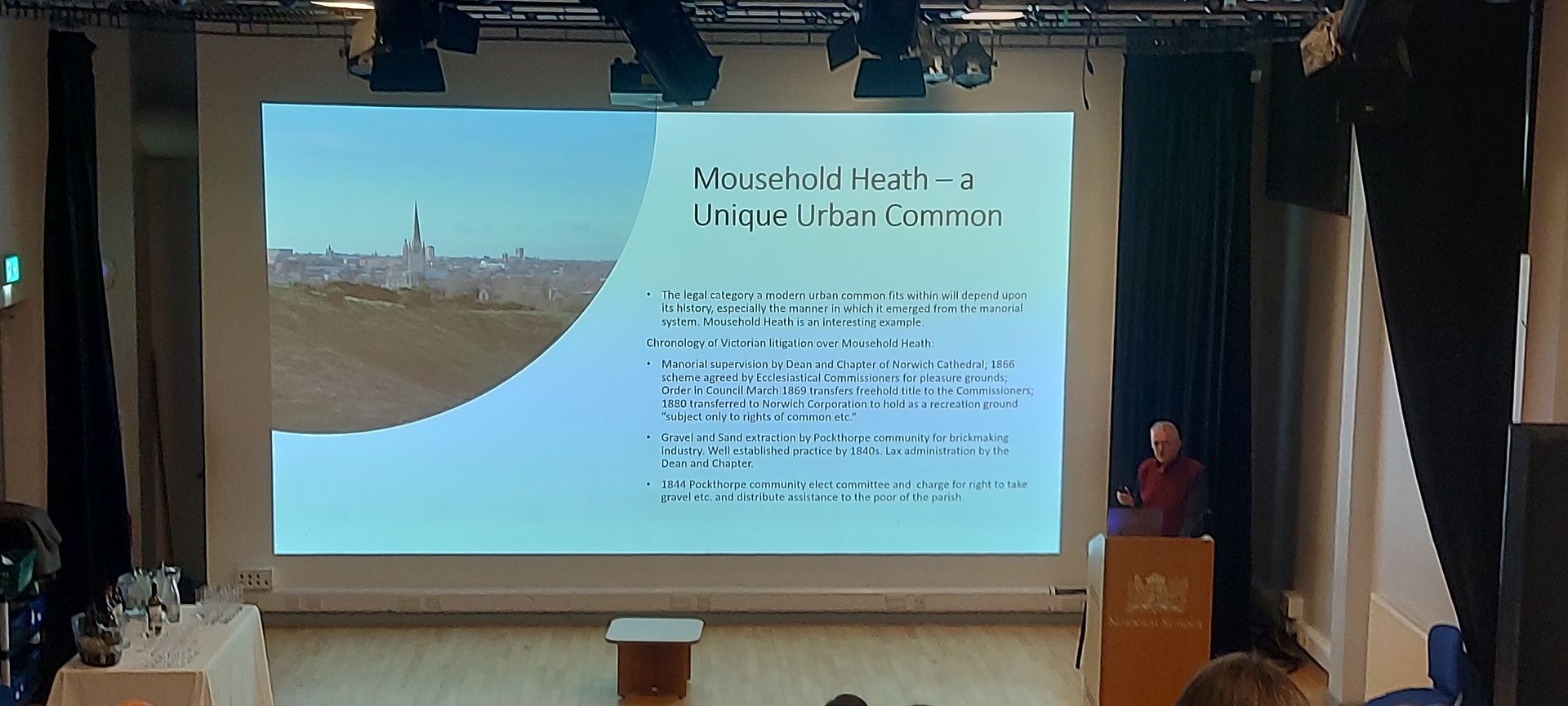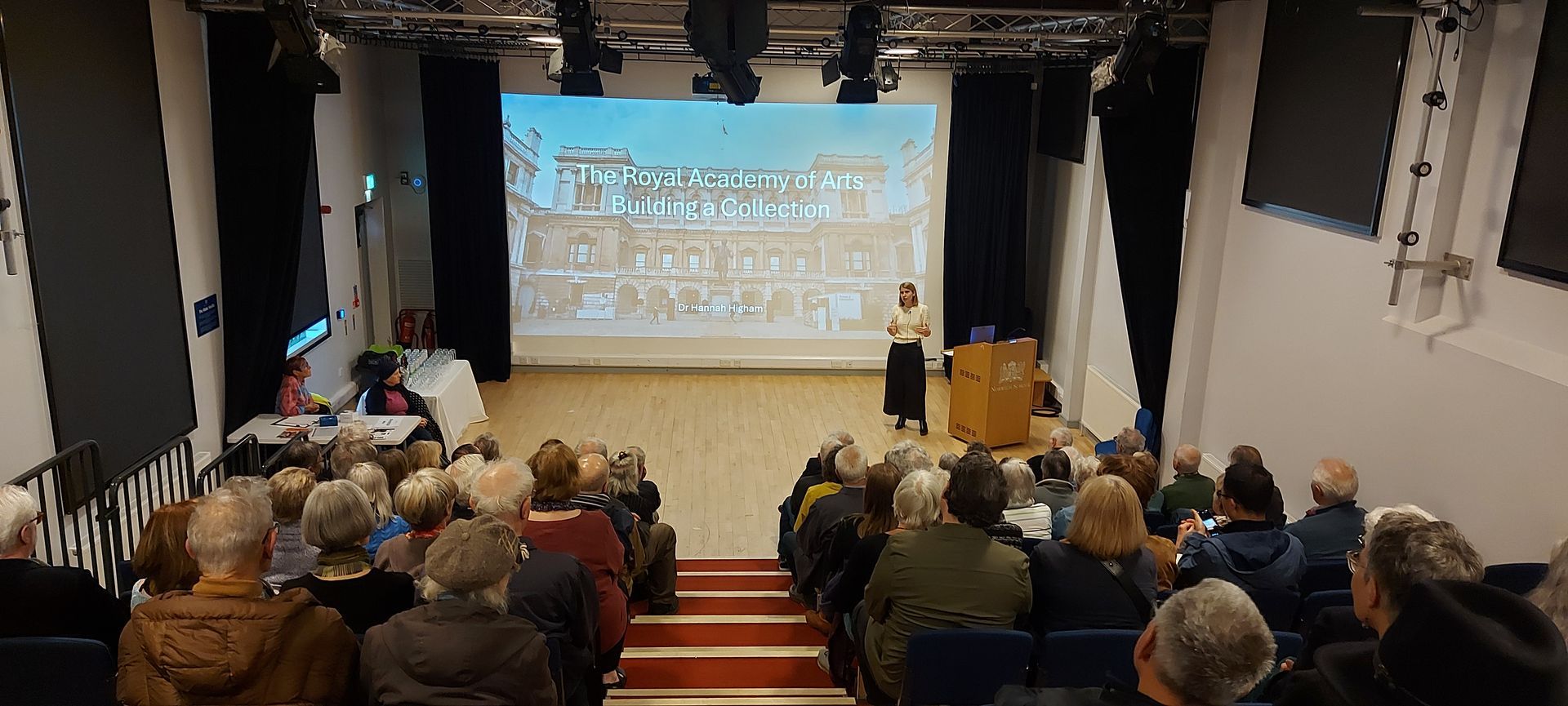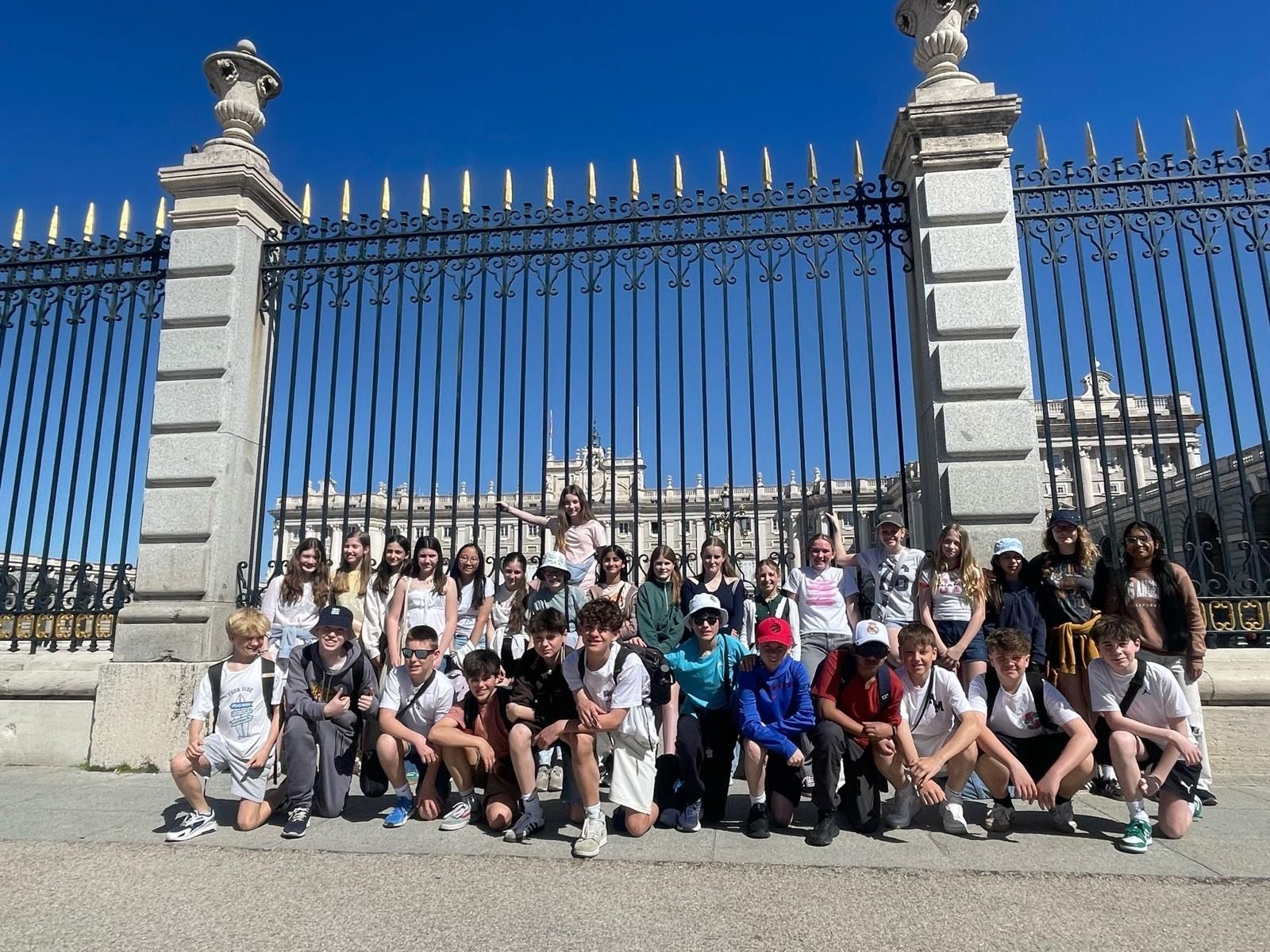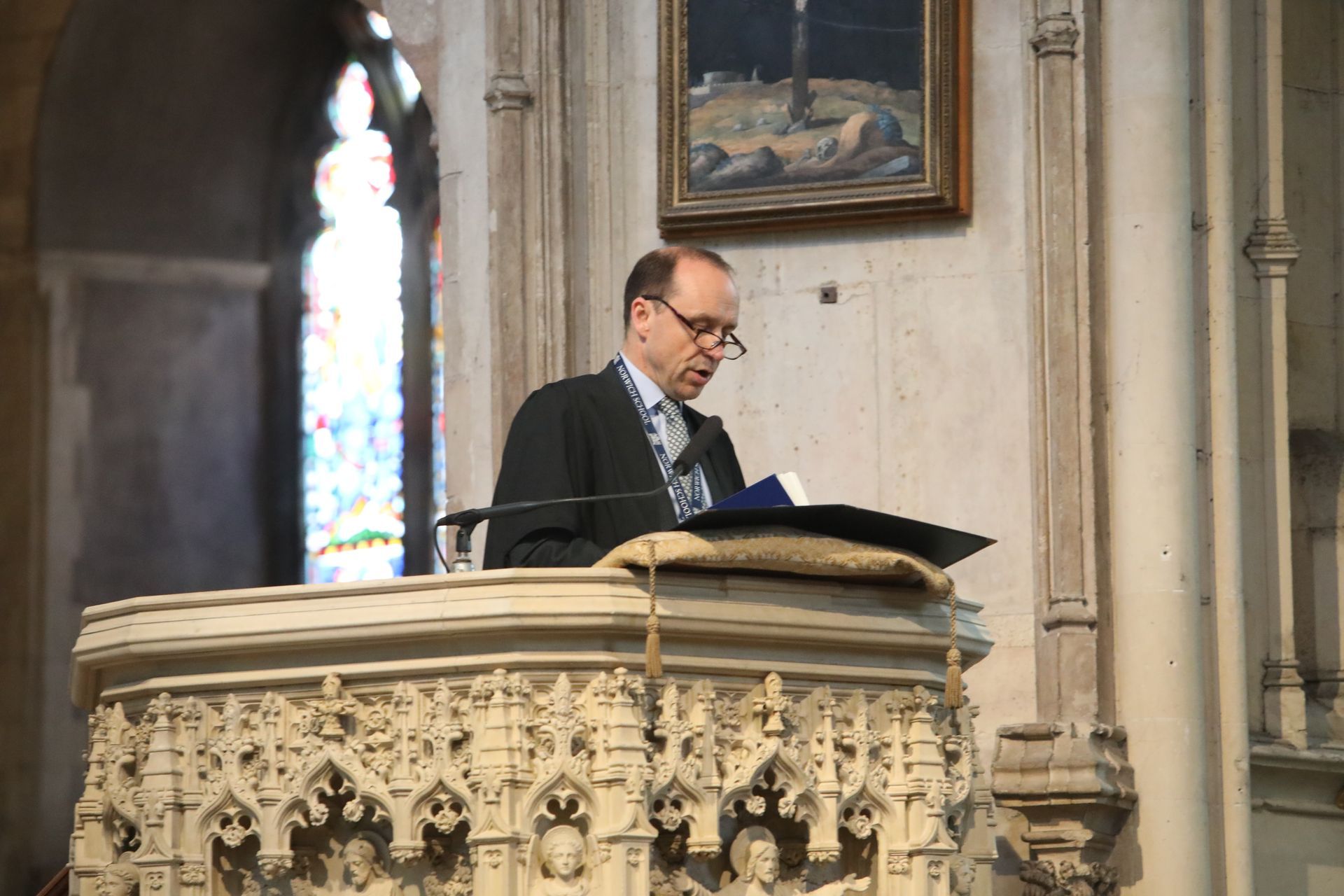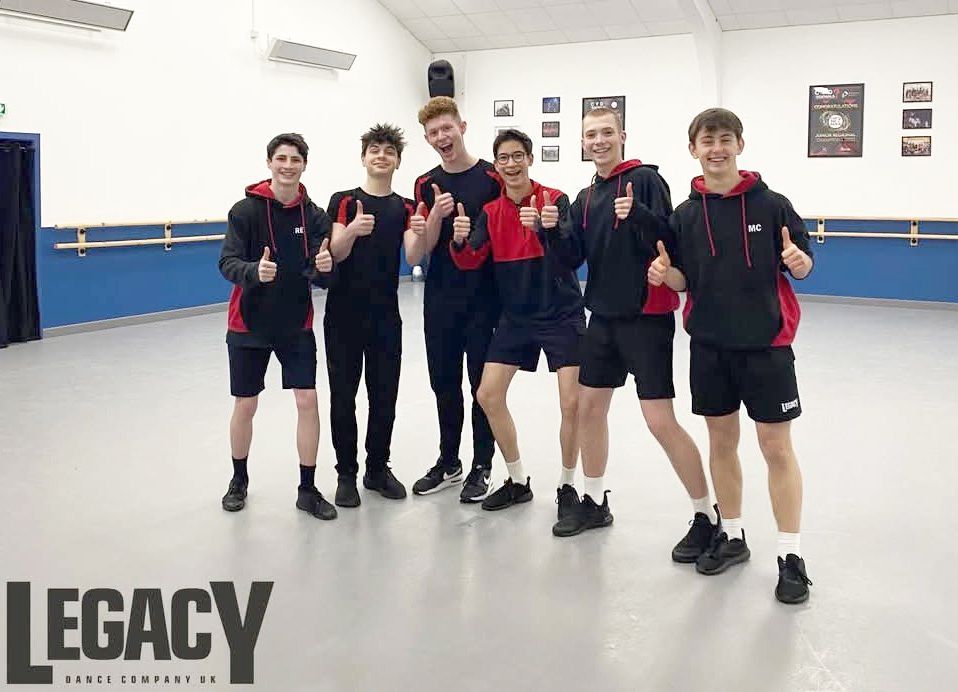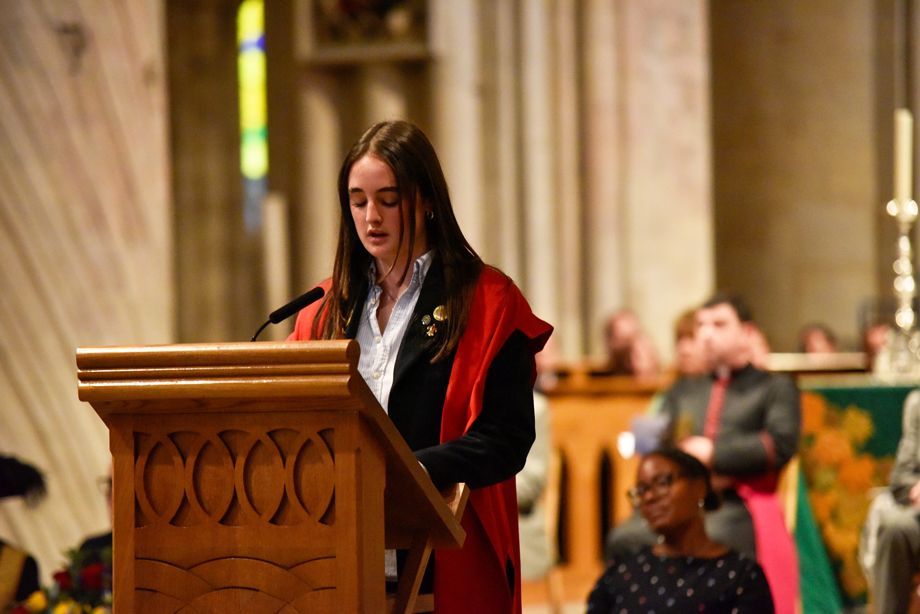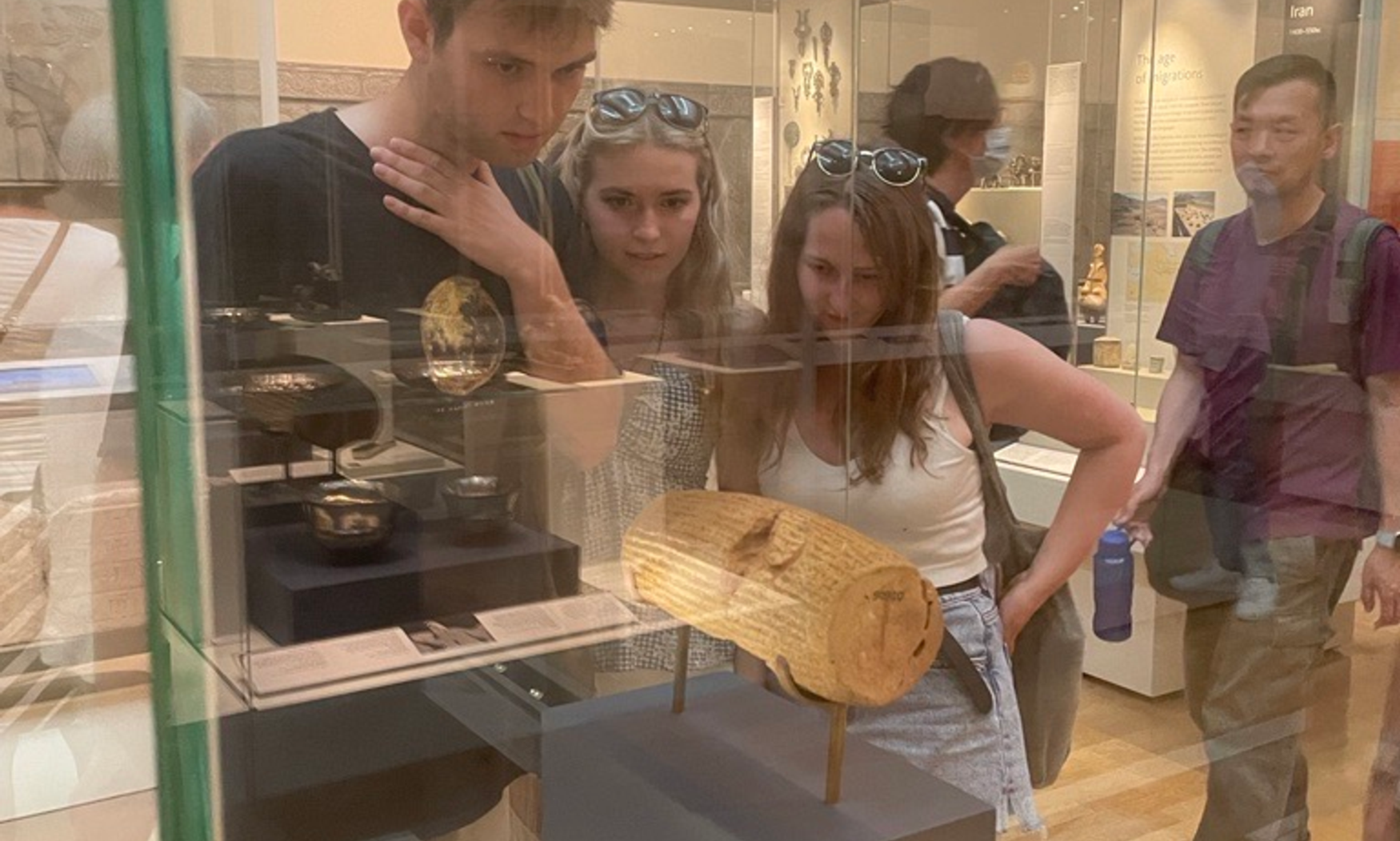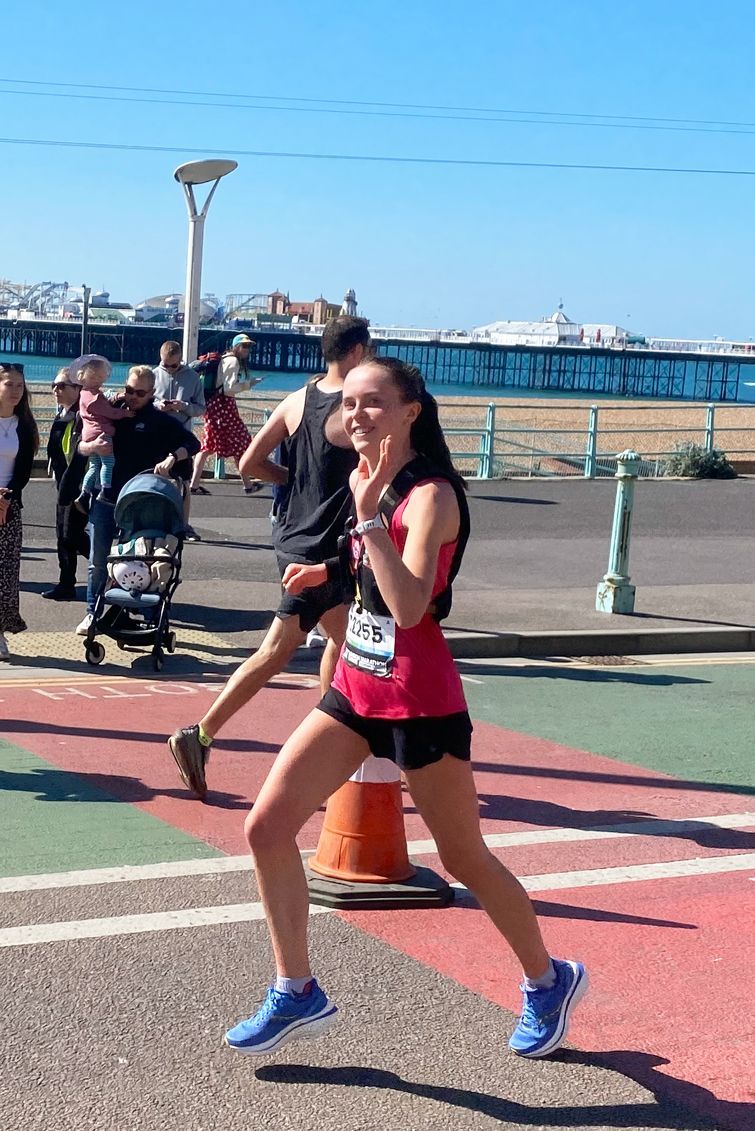CLASSICISTS TRAVEL TO LONDON TO VISIT UNIQUE EXHIBITION
July 7, 2023
On Thursday 15 June, M5 and L6 classicists took the train to London to visit the British Museum, in particular, a unique exhibition entitled ‘Luxury and power: Persia to Greece’. Jacob Gandy (L6) tells us about the day...
After arriving at the Museum, we split into groups to explore the museum, and artefacts relevant to our GCSE and A-Level exams. For the L6, it was a great opportunity to see in person our prescribed sources, including the frieze from the Temple of Apollo at Bassae picturing Greeks fighting Amazons. My personal favourite item which we saw was a very small scent bottle from Rhodes, which would have contained perfume and scented oil. The colours were so vibrant for an object of its age!
After a break for lunch, it was time to visit the exhibition, concentrating on the cultural exchange and relationship between Ancient Greece and the Persian Empire. The exhibition was an amazing opportunity to enrich our knowledge of our ‘Invention of the Barbarian’ topic at A-Level, which, like the exhibition, centres on the relation between Ancient Greece and Persia, and explores their respective cultures and customs. For example, the exhibition contained an elaborate Persian rhyton shaped as a griffin, which was incredible to see in reality. Seeing these objects in person, as opposed to images, makes them come to life, and provides the opportunity to see intricate details that are lost on photos. Among the highlights of the exhibition were the Oxus treasure, an alabastron vase with inscriptions in Hieroglyphics, Babylonian and Persian, and a selection of vases showing the cultural influence that Persia had on Greece. Another highlight was a small golden chariot from the Oxus treasure, which scholars believe may have been used as a toy for young children! For me, the exhibition highlighted the diversity of classics as a subject. Many people believe classics to be a euro-centric subject, focusing solely on the civilisations of Ancient Greece and Rome. However, as shown by the exhibition, this is far from the reality.
In fact, studying classics encompasses civilisations and societies from beyond the ‘traditional’ bounds of the Europe and the Mediterranean.
After the viewing the exhibition, we had the opportunity to further explore the museum. The L6 headed to the Ancient Iran room, where we saw more of our prescribed sources. We saw the Cyrus cylinder and the reliefs from the Apadana at Persepolis. Because of the restricted tourism and journalism in Iran, it is difficult to even get high-quality photos of some of these artefacts, so seeing them in person was an incredible experience. Due to the often negative and misrepresentative portrayal of the Persian Empire and Iran in modern media, it is only after studying the reality of the Persian Empire and its culture do you truly understand the truth of such an influential civilisation. I, like many other L6 classicists, felt very privileged and part of a unique group of people who have studied Ancient Persia and can truly appreciate its artefacts, culture and achievements.
On behalf of everyone on the trip, we would like to thank our teachers who made this trip possible – Mrs Ward, Mr Bagchi and Miss Williams-Goff, but especially Miss Boyt who organised and arranged the visit. So, if you think learning about Ancient Persia sounds interesting, why not consider studying Classics at A-Level!

